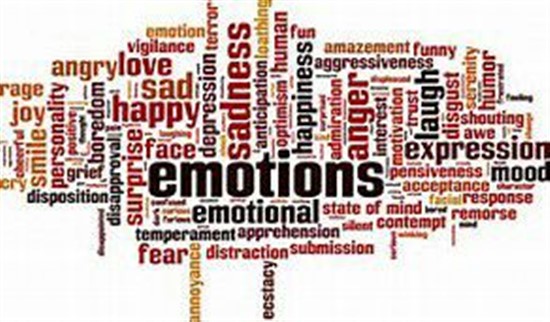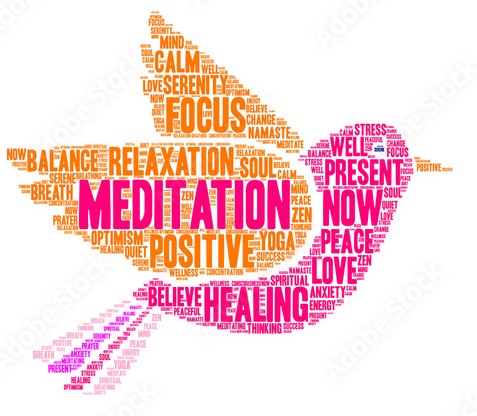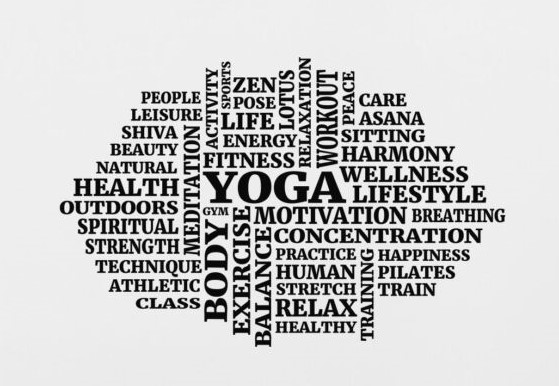Colour and Mood Connection

TRY THIS! Sensory stimulation remedies
12/08/2022
TRY THIS! Mood enhancing remedies
12/09/2022Mood can be stimulated, depleted and balanced by certain forces and energies like negative or positive matters, smells, images and colours. This feature will look at the connection between colours and moods. This focus is connected to psychology, art, design, fashion, decor and mindfulness. Colour psychology attaches meaning to most colours with the belief that immersing self or mind with a specific colour will invoke, intensify or replace a mood and as a complementary healing method. Colour can be taken by combining shades of light to fill a room and create a mood.
In relation to art, there are some that believe that the artwork of Picasso in his blue or rose collection were a reflection of his emotions and moods at each of those times, which in turn may influence the moods or emotions of those who view these pieces. Picasso painted his blue collection after his friend committed suicide, it has been noted that to deal with his depression he painted many pieces using a lot of blue. He also painted outcasts of society like homeless, female prisoners and the poor. Picasso’s rose collection included pink and orange shades, which were painted at a time when it is believed he was in love, more brighter and softer colours were used to reflect this.
Colour in fashion can be used to celebrate any mood and will usually depend on the season, latest colour trends and situation. Consciously selecting clothes can be a wholistic way of connecting with self and creating the desired mood. It’s important to be aware of what colours can trigger self to be over- emotional. It is known that some colours are attached to feminine and masculine energy like magenta pink for feminine and indigo blue for masculine. Black is considered as bold but reserved. Blue may reflect a calm nature. Grey can represent stability.
Decor in workplaces and homes can be chosen with purpose to trigger a certain mood. Neutral colours like white, beige or light grey tend to soothe the space with a balanced energy, which can be accessorised with colour. Using strong colours as the primary source are vibrant but not relaxing and may be overstimulating. Of course, choice depends on personal preferences and own connection to selected colours. Also, light and brightness can open up the room space. Darker shades will make a room look smaller, so will more likely contribute to low mood.
When colour is selected on a conscious level to connect to the associated energy, it can have a powerful effect on the mind, health and wellbeing.
In Colour Psychology, meanings are attached to the colours but in reality, what each colour means depends on the person using them and being aware of own connection to colour and emotions. The main colours attached to moods are:
– Orange, yellow, bright red, magenta for a vibrant mood.
– Biege, light grey and white for balanced and meditative mood.
– Blue, green, tan and pale yellow for a calm and relaxed mood.




